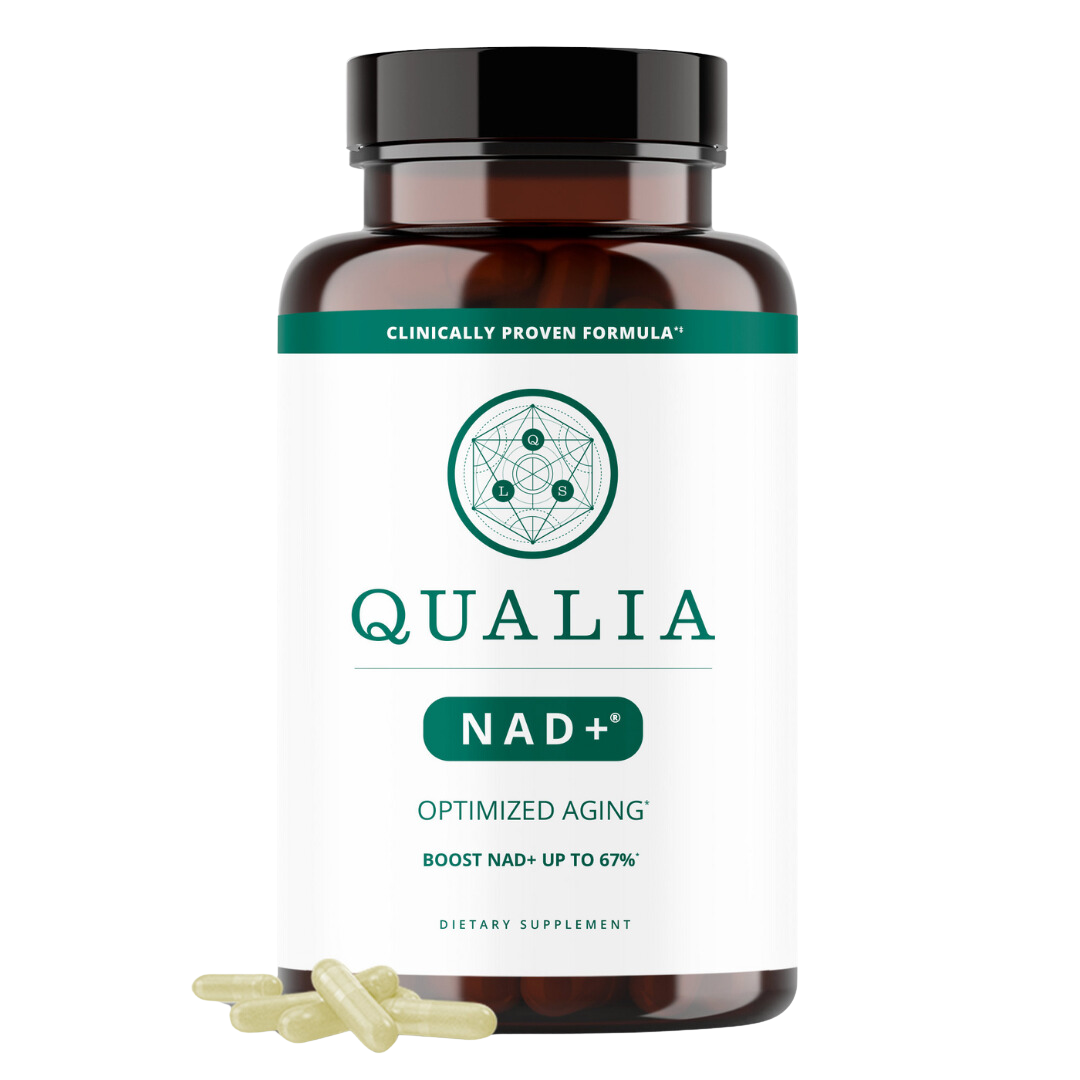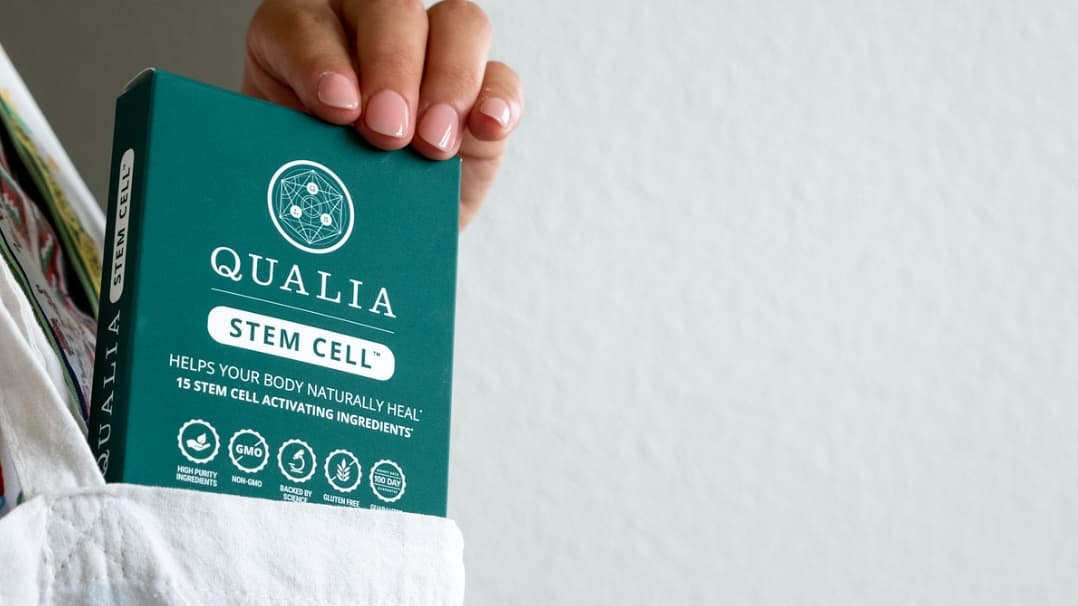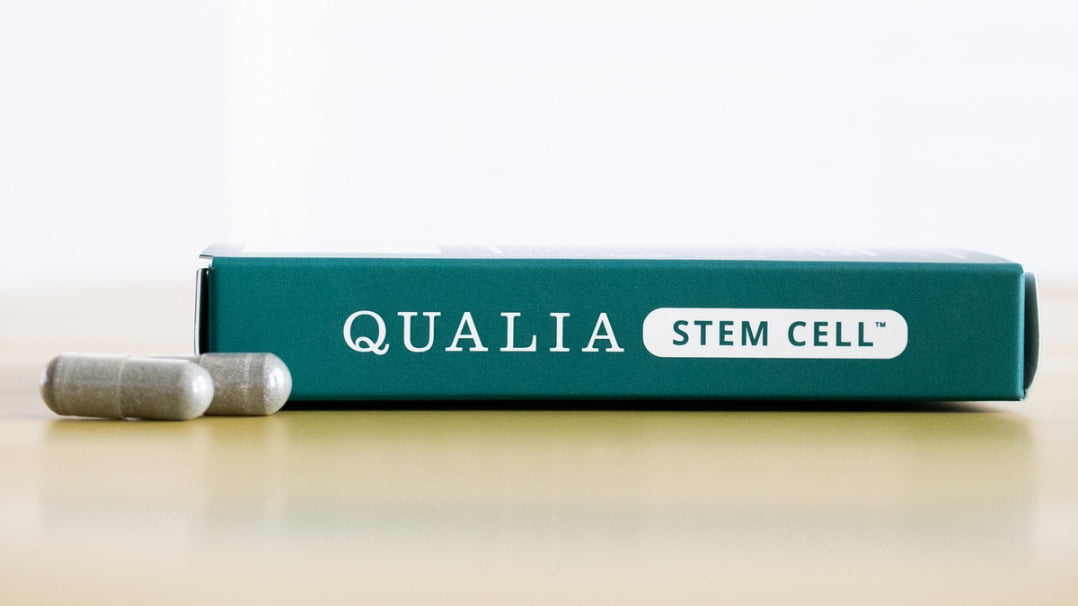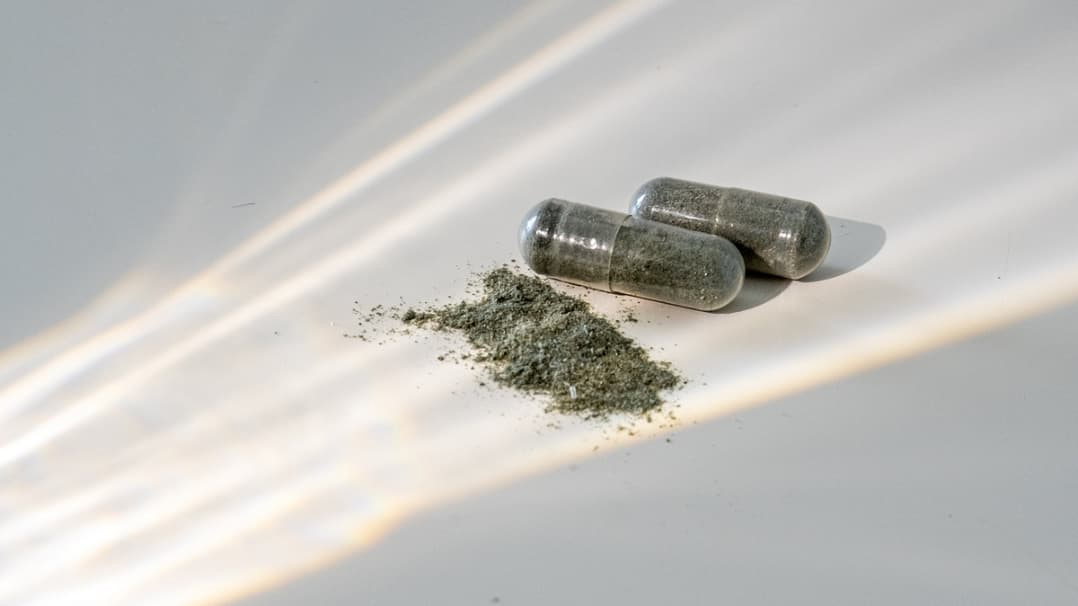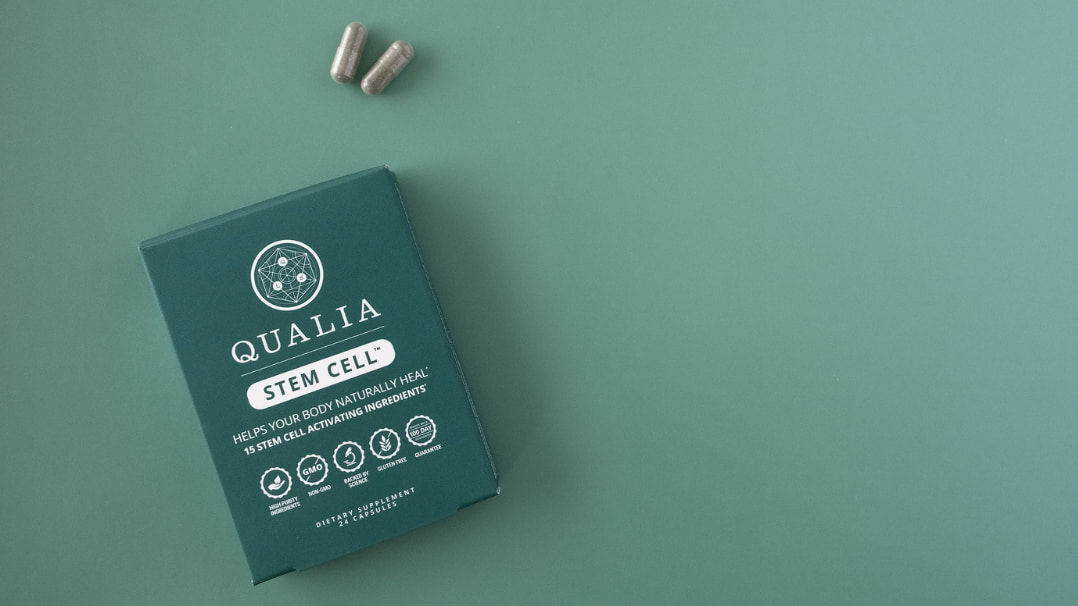Coffeeberry® Whole Coffee Fruit Extract

Coffeeberry® is made from organic coffee fruits, which are often called coffee cherries. Like cherries, coffee plants produce soft red fruits surrounding a pit or hard seed. The seed (or coffee “bean”) is roasted to make coffee. But it’s the fruit that is being used to make Coffeeberry®. Similar to many fruits, coffee cherries are high in polyphenols. And like coffee beans, they also contain caffeine. There are more than 120 Coffea species. The most popular species is Coffea arabica (commonly known simply as "Arabica"). Coffeeberry® is made from Arabica coffee plants grown on sustainable farms. The fruits are handpicked when they are ripe. The caffeine we get in a morning coffee, a cup of tea, or an energy drink can help us perform better physically and mentally.* It does this by promoting arousal (wakefulness), which is a necessary ingredient for being able to pay attention and react quickly. Not surprisingly, this has led to caffeine being one of the most widely used and studied substances for supporting both sports performance and brain function. While caffeine gets most of the attention, coffee polyphenols support healthy function. Most nootropics use pure caffeine; a better approach is using a coffee extract that gives caffeine and the naturally occurring coffee fruit polyphenols.
TOP BENEFITS OF COFFEEBERRY®
Supports cognitive performance*
Supports exercise performance*
Supports mood*
QUALIA’S COFFEEBERRY® SOURCING
Coffeeberry® organic whole coffee fruit extract is produced by Futureceuticals, a leader in fruit and vegetable extracts.
Futureceuticals calls this ingredient CoffeeBerry® Energy, because it contains a minimum of 70% caffeine, along with polyphenols from coffee cherries.
Made from carefully selected, hand-picked, premium Arabica coffee cherries.
Sustainably sourced from farms certified Fairtrade International & Rainforest Alliance.
Coffeeberry® is Rainforest Alliance Certified™, Non-GMO Project Verified, gluten-free, vegan, Kosher, organic, GRAS and eco-friendly.
COFFEEBERRY® FORMULATING PRINCIPLES AND RATIONALE
Because of its content of caffeine, we consider Coffeeberry® to follow hormetic dosing principles (see Qualia Dosing Principles) and to have a hormetic range (i.e., a dosing range below and above which results would be poorer). Caffeine is one of the most used, and best studied nootropic and ergogenic compounds. When used as a nootropic (i.e., to promote alertness, focus, reaction time, etc.) caffeine is typically dosed from 50 to 200 mg. When used as an ergogenic (i.e., for sports performance) just prior to exercise the upper end of the dose range can be as high as 600 mg [1]. In both of these cases, responses to caffeine tend to follow an adaptational (i.e., hormetic) curve, with low-to-moderate amounts of caffeine supporting better cognitive and sports performance, but servings above the higher end of the range hindering performance. The amount of Coffeeberry® in a formulation will depend on whether it is being used alone or combined with other sources of caffeine, what the formula is for, and the role caffeine is supporting in a formula. *
CAFFEINE KEY MECHANISMS
Supports brain function*
Supports optimal adenosine receptor function* [2]
Optimizes, via adenosine receptor antagonism, the levels of the neurotransmitters acetylcholine, glutamate, serotonin, dopamine and norepinephrine* [3,4]
Supports healthy acetylcholine signaling* [4–7]
Supports healthy dopamine signaling* [4,8–13]
Supports healthy serotonin signaling* [4,7,14–17]
Supports healthy glutamate signaling* [4,8,9]
Supports healthy GABA signaling* [4,7]
Supports healthy noradrenaline signaling* [4,16]
Supports healthy cortical activation in the brain* [2,4]
Supports healthy cerebral metabolism* [2,4]
Promotes wakefulness* [18]
Supports cognitive function*
Supports cognitive performance* [1,4,19–22]
Supports executive function* [23–25]
Supports information processing rate* [2,26,27]
Supports simple and sustained attention* [1,23,27,28]
Supports vigilance* [1,28]
Supports reaction time* [1,21,22,27]
Supports reasoning* [20]
Supports creative thinking* [24]
Supports resistance to mental fatigue* [26,28]
Supports healthy neuroprotective functions* [29,30]
Supports a healthy mood*
Supports positive affect* [4,21,22,25,31]
Supports physical performance*
Supports healthy resistance to physical fatigue* [19,22,23,32]
Supports healthy resistance to perceived exhaustion* [1]
Supports muscle endurance and strength exercise activities* [1]
Supports speed, power, and agility during intense exercise* [1]
Other actions*
Supports optimal metabolic rate* [33–35]
Supports healthy phosphodiesterase balance* [36]
Complementary ingredients*
L-Theanine to support cognitive performance* [26,37–40]
Choline donors (e.g., citicoline, alpha-GPC) to support attention, concentration, and working memory* [41]
L-ornithine to support enhanced mood and cognitive performance* [42]
Alpinia galanga to support cognitive performance* [43,44]
*These statements have not been evaluated by the Food and Drug Administration. This product is not intended to diagnose, treat, cure, or prevent any disease.
REFERENCES
[1]T.M. McLellan, J.A. Caldwell, H.R. Lieberman, Neurosci. Biobehav. Rev. 71 (2016) 294–312.
[2]G. Burnstock, Advances in Experimental Medicine and Biology 986 (2013) 1–12.
[3]B.B. Fredholm, Pharmacol. Toxicol. 76 (1995) 93–101.
[4]B.B. Fredholm, K. Bättig, J. Holmén, A. Nehlig, E.E. Zvartau, Pharmacol. Rev. 51 (1999) 83–133.
[5]E. Acquas, G. Tanda, G. Di Chiara, Neuropsychopharmacology 27 (2002) 182–193.
[6]A.J. Carter, W.T. O’Connor, M.J. Carter, U. Ungerstedt, J. Pharmacol. Exp. Ther. 273 (1995) 637–642.
[7]D. Shi, O. Nikodijević, K.A. Jacobson, J.W. Daly, Cell. Mol. Neurobiol. 13 (1993) 247–261.
[8]G. Racchetti, A. Lorusso, C. Schulte, D. Gavello, V. Carabelli, R. D’Alessandro, J. Meldolesi, J. Cell Sci. 123 (2010) 165–170.
[9]D. Quarta, J. Borycz, M. Solinas, K. Patkar, J. Hockemeyer, F. Ciruela, C. Lluis, R. Franco, A.S. Woods, S.R. Goldberg, S. Ferré, J. Neurochem. 91 (2004) 873–880.
[10]B.E. Garrett, S.G. Holtzman, Eur. J. Pharmacol. 262 (1994) 65–75.
[11]K.R. Powell, P.M. Iuvone, S.G. Holtzman, Pharmacol. Biochem. Behav. 69 (2001) 59–70.
[12]M. Solinas, S. Ferré, Z.-B. You, M. Karcz-Kubicha, P. Popoli, S.R. Goldberg, J. Neurosci. 22 (2002) 6321–6324.
[13]X. Zheng, S. Takatsu, H. Wang, H. Hasegawa, Pharmacol. Biochem. Behav. 122 (2014) 136–143.
[14]D.J. Haleem, A. Yasmeen, M.A. Haleem, A. Zafar, Life Sci. 57 (1995) PL285–92.
[15]S. Khaliq, S. Haider, F. Naqvi, T. Perveen, S. Saleem, D.J. Haleem, Pak. J. Pharm. Sci. 25 (2012) 21–25.
[16]M.D. Chen, W.H. Lin, Y.M. Song, P.Y. Lin, L.T. Ho, Zhonghua Yi Xue Za Zhi 53 (1994) 257–261.
[17]M. Okada, Y. Kawata, K. Kiryu, K. Mizuno, K. Wada, H. Tasaki, S. Kaneko, J. Neurochem. 69 (2002) 2581–2588.
[18]T. Porkka-Heiskanen, Handb. Exp. Pharmacol. (2011) 331–348.
[19]V. Maridakis, P.J. O’Connor, P.D. Tomporowski, Int. J. Neurosci. 119 (2009) 1239–1258.
[20]M.J. Jarvis, Psychopharmacology 110 (1993) 45–52.
[21]A. Nehlig, J. Alzheimers. Dis. 20 Suppl 1 (2010) S85–94.
[22]C.H.S. Ruxton, Nutr. Bull. 33 (2008) 15–25.
[23]J. Lanini, J.C.F. Galduróz, S. Pompéia, Hum. Psychopharmacol. 31 (2016) 29–43.
[24]K. Soar, E. Chapman, N. Lavan, A.S. Jansari, J.J.D. Turner, Appetite 105 (2016) 156–163.
[25]F.L. Dodd, D.O. Kennedy, L.M. Riby, C.F. Haskell-Ramsay, Psychopharmacology 232 (2015) 2563–2576.
[26]C.F. Haskell, D.O. Kennedy, A.L. Milne, K.A. Wesnes, A.B. Scholey, Biol. Psychol. 77 (2008) 113–122.
[27]S.J.L. Einöther, T. Giesbrecht, Psychopharmacology 225 (2013) 251–274.
[28]A. Smith, Food Chem. Toxicol. 40 (2002) 1243–1255.
[29]M.A. Schwarzschild, K. Xu, E. Oztas, J.P. Petzer, K. Castagnoli, N. Castagnoli Jr, J.-F. Chen, Neurology 61 (2003) S55–61.
[30]M. Kolahdouzan, M.J. Hamadeh, CNS Neurosci. Ther. 23 (2017) 272–290.
[31]S.H. Backhouse, S.J.H. Biddle, N.C. Bishop, C. Williams, Appetite 57 (2011) 247–252.
[32]J.M. Davis, Z. Zhao, H.S. Stock, K.A. Mehl, J. Buggy, G.A. Hand, Am. J. Physiol. Regul. Integr. Comp. Physiol. 284 (2003) R399–404.
[33]K.J. Acheson, B. Zahorska-Markiewicz, P. Pittet, K. Anantharaman, E. Jéquier, Am. J. Clin. Nutr. 33 (1980) 989–997.
[34]A. Astrup, S. Toubro, S. Cannon, P. Hein, L. Breum, J. Madsen, Am. J. Clin. Nutr. 51 (1990) 759–767.
[35]J. LeBlanc, M. Jobin, J. Côté, P. Samson, A. Labrie, J. Appl. Physiol. 59 (1985) 832–837.
[36]O.H. Choi, M.T. Shamim, W.L. Padgett, J.W. Daly, Life Sci. 43 (1988) 387–398.
[37]S.J.L. Einöther, V.E.G. Martens, J.A. Rycroft, E.A. De Bruin, Appetite 54 (2010) 406–409.
[38]T. Giesbrecht, J.A. Rycroft, M.J. Rowson, E.A. De Bruin, Nutr. Neurosci. 13 (2010) 283–290.
[39]G.N. Owen, H. Parnell, E.A. De Bruin, J.A. Rycroft, Nutr. Neurosci. 11 (2008) 193–198.
[40]C.N. Kahathuduwa, T.L. Dassanayake, A.M.T. Amarakoon, V.S. Weerasinghe, Nutr. Neurosci. 20 (2017) 369–377.
[41]S.E. Bruce, K.B. Werner, B.F. Preston, L.M. Baker, Int. J. Food Sci. Nutr. 65 (2014) 1003–1007.
[42]A. Misaizu, T. Kokubo, K. Tazumi, M. Kanayama, Y. Miura, Prev Nutr Food Sci 19 (2014) 367–372.
[43]S. Srivastava, M. Mennemeier, S. Pimple, J. Am. Coll. Nutr. 36 (2017) 631–639.
[44]S. Srivastava, M. Mennemeier, J.A. Chaudhary, J. Am. Coll. Nutr. 40 (2021) 224–236.

